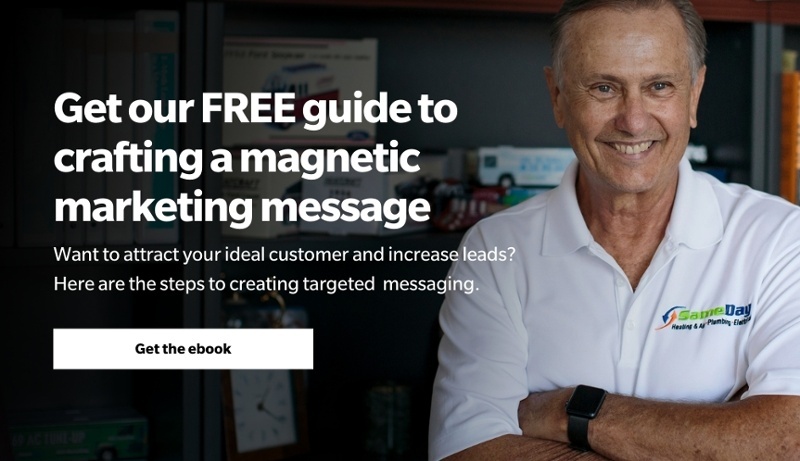"What can I do in my business to get consistent sales results?" That's the question we get from a lot of our current coaching clients.
Well, there's a lot of things you can do, but there's some things you must do if you want to be effective in this area.
Establishing a lead conversion process
The first step in establishing an effective lead conversion process is to stop "selling".
Why?
Because selling only focuses on you and what you need.
The second step is to focus on your customers and what it is that they need.
In other words, forget about pushing customers into the sale you want, and start thinking about treating them to what they want.
This is the mindset behind a robust customer experience culture in your business.
Here's our 5 step lead conversion process for small businesses:
The five-step lead conversion process for small businesses
Here are five steps in the lead conversion process that will accommodate your prospects' decision-making needs:
- Engage with your prospective customers. Interact with your prospects to prove your interest in them, as this is your first opportunity to demonstrate your commitment to giving them what they want. Go out of your way to make customers feel comfortable with you and their initial purchase decision.
- Repeat the emotional message of your promise. You made a promise during your lead generation process that attracted your customer; now you need to repeat the promise. This might be as simple as restating your unique selling proposition ("on time, every time"), or it could be that your environment or appearance will be the key to reminding the customer why they're there.
- Determine your customers' needs. What do your customers want and why do they think your product or service can give it to them? Your salespeople should have a set of questions that will elicit answers to such queries. In this way, you will gain valuable insights into your customers' product perceptions and purchase-decision needs.
- Provide a solution. I suggest that you adopt the mantra of: "Don't sell ... satisfy." If you have engaged with the customer in a way that is meaningful to them, discovered and addressed their needs (not your own), and have provided the emotional assurance that you are fully prepared to keep your promise, you've done your job.
- Offer the product. At this point, your customers should have answers to all their questions. Make the offer from the customers' point of view: "Does the product meet your needs?" "Does it deliver what it promises?" Try to resist the impulse to push for a response.
Remember that each time you make a sale you're not necessarily creating a customer, because selling focuses on only a single transaction.
The importance of lead conversion is that it focuses on forging an enduring and mutually satisfying relationship with your customers.
Therefore, if you can systemically implement the five-step lead conversion process in your company, then you and your sales force may be able to consistently achieve the same remarkable results as many of the larger businesses you look up to.
Implementing a robust lead conversion engine isn't easy.
That's why we've made it one of the areas we cover with our coaching clients.
If you need help in implementing this system, reach out to us and we'll be able to help you uncover this and other pain points in your business so you can make a business you enjoy running and a business your employees love working in.





Comments